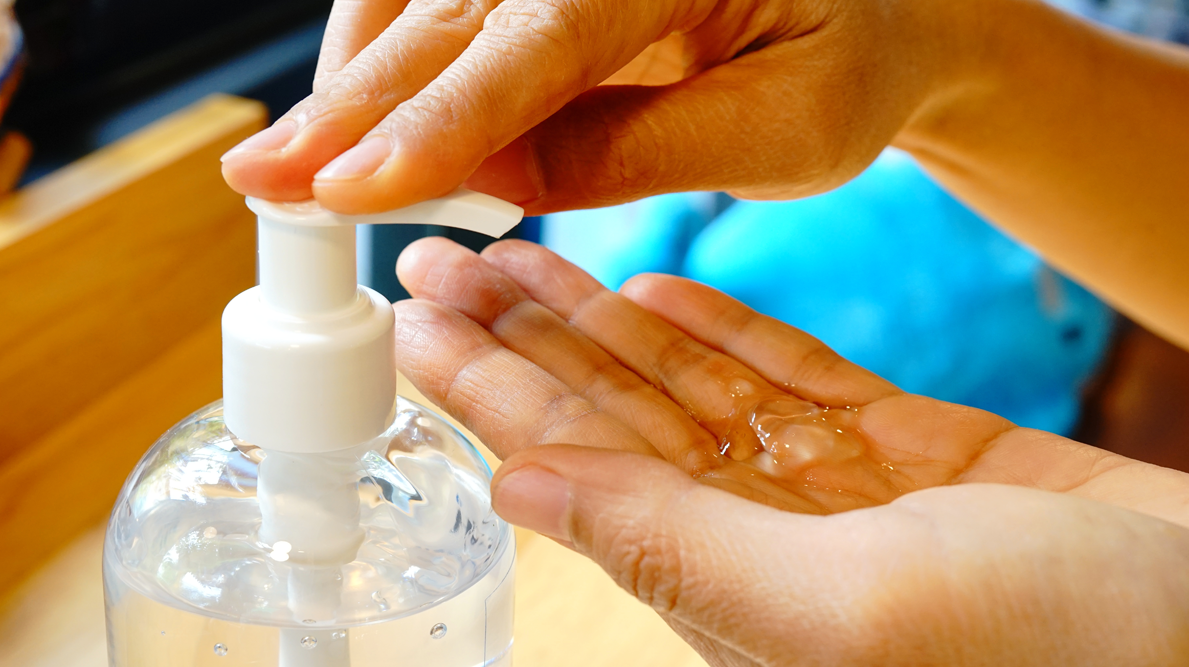In many hand sanitizers, ethyl alcohol (also known as ethanol) is colorless, transparent alcohol. It has the ability to kill a wide variety of bacteria and viruses. Ethyl alcohol (commonly known as ethanol) or isopropyl alcohol, is the active ingredient in Alcohol Based Disinfectant. It is recommended by the CDC that Trusted Source ethanol to be used in hand sanitizers at a concentration of 60 percent or higher.

Global Alcohol Based Disinfectant:
Disinfecting compounding pharmacies and other restricted places with sterile alcohol solutions is a common practice. Low-level disinfectants, such as isopropyl alcohol and ethyl alcohol, have been employed in the healthcare industry. A variety of disinfectants, including quaternary ammonium or phenolic compounds with ethyl alcohol and/or isopropyl alcohol, are commonly employed in healthcare facilities to clean environmental surfaces.
Using an alcohol disinfectant removes particles like dirt, oil, and grease from such a surface rapidly and effectively. It dissolves difficult stains without leaving behind any residues in a straightforward operation. Particulate matter, dirt, dust, oils, greases, and other pollutants can all be removed using this product.
COVID-19
Surface Disinfection Problems:
In contrast, the procedure of disinfection differs. Cleaning does not eliminate germs but rather removes them. The term “disinfect” refers to the process of killing microorganisms with chemicals. A preliminary study suggests that the virus can survive on non-porous materials such as plastic and steel for up to three days.
However, the coronavirus can still be found on plastic surfaces such as laptops or laminated desks, even after regular cleaning. In contrast, acetone-based evaporative disinfectants have no antiviral effect.
Hand sanitizers without ethanol are not as effective, See How>>
Hand sanitizers that do not contain at least 60% alcohol, according to the CDC, should not be used by the public. This is due to the fact that non-alcohol-based hand sanitizers may not function as well.
Benzalkonium chloride is another ingredient in several hand sanitizers. According to the CDC Trusted Source, data suggests that it is less effective against bacteria and viruses than suggested.
Increasing healthcare spending and attention in developing nations is an opportunity
Sterilization and disinfection companies have a lot of room to grow in fast-growing nations like India, Brazil, and South Africa. Multinational infection control organizations can take advantage of potential investment prospects in the APAC area by moving their corporate operations to these countries.
Chemical disinfectants have been linked to an increasing number of side effects
In most cases, chemical disinfectants now on the market have hazardous qualities. Because of its corrosive nature and respiratory irritant, sodium hypochlorite is not only Great for treating blood-borne diseases but extremely dangerous to cleaning personnel and building inhabitants. It damages many types of surfaces and is toxic when released into the environment.
Related Report: Global Antiseptics and Disinfectants Market to Reach USD 13.3 Billion By 2028



